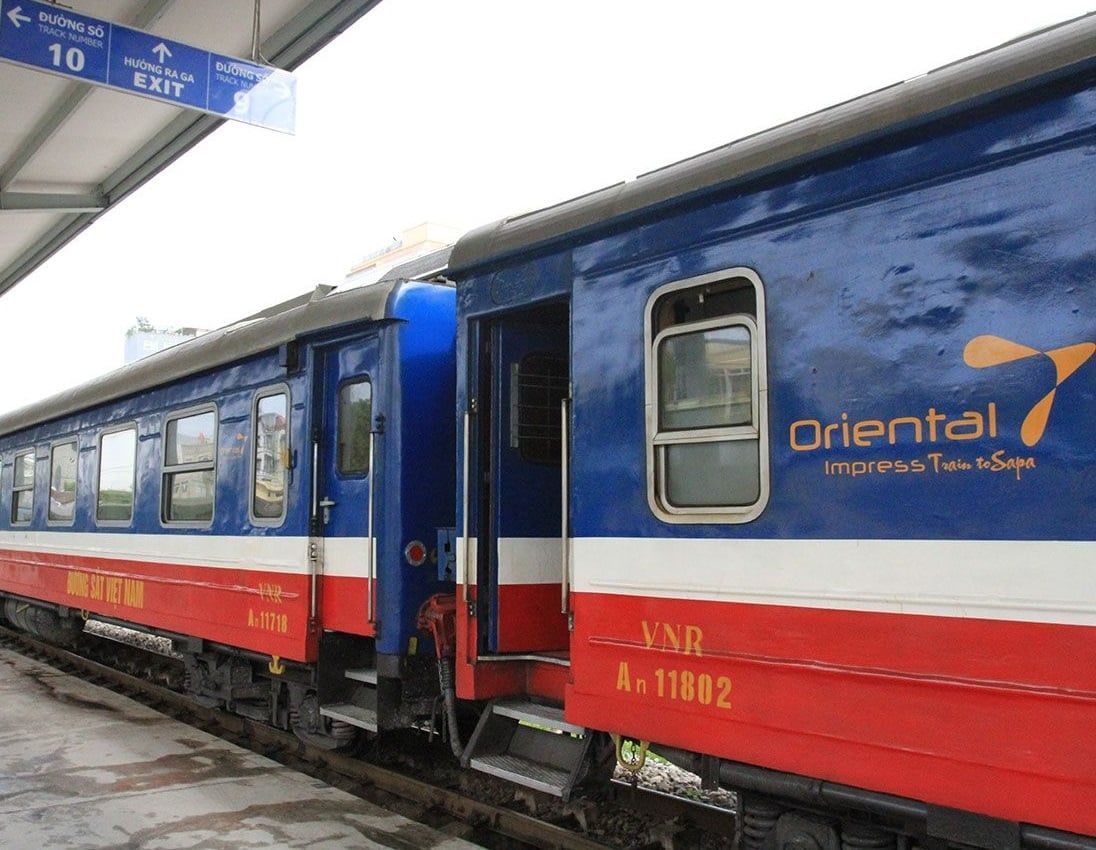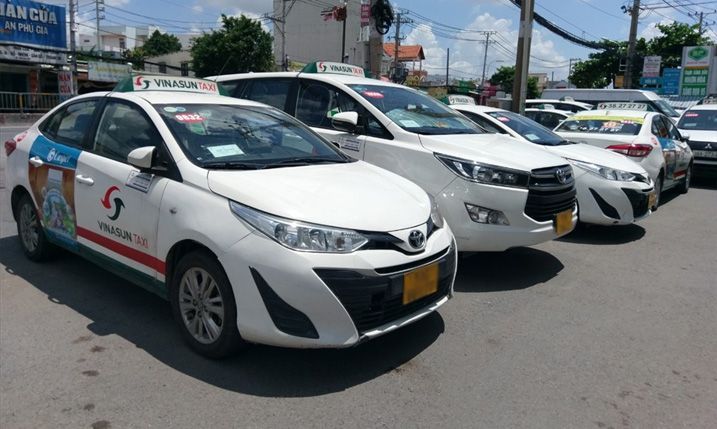Ultimate Guide: Best Transport Options from Hanoi to Sapa

Hanoi, the bustling capital of Vietnam, is often the starting point for travelers venturing to the picturesque mountain town of Sapa. Known for its breathtaking landscapes, terraced rice fields, and the culture of ethnic minorities, Sapa is a must-visit destination. However, deciding on the best mode of transportation can be a bit daunting due to the numerous options available. In this comprehensive guide, we will explore all transport modes between Hanoi and Sapa to help you make an informed decision that fits your preferences and budget.
1. Train from Hanoi to Sapa: A Scenic and Comfortable Journey

Overview: Taking the train from Hanoi to Sapa is one of the most popular options for travelers. The journey itself is an experience, offering scenic views of Vietnam’s countryside and a chance to relax before arriving in Lao Cai, the gateway to Sapa.
Details:
- Route: Hanoi to Lao Cai (Sapa is 38 km from Lao Cai).
- Duration: Approximately 8-9 hours.
- Departure Times: Trains typically leave Hanoi in the evening, around 9-10 PM, and arrive in Lao Cai early the next morning.
Train Options:
- Standard Trains (Vietnam Railways): Basic and affordable, suitable for budget travelers.
- Hard seat, soft seat, and sleeper options.
- Luxury Trains: These private companies provide enhanced comfort and service.
- Examples: Victoria Express, Sapaly Express, King Express, and Chapa Express.
- Features: Soft beds, air conditioning, clean toilets, and complimentary snacks.
Pros:
- Comfortable and safe.
- A cultural experience, especially if you opt for luxury trains.
- Night schedule saves you a day for exploration.
Cons:
- Arrival in Lao Cai requires an additional 1-hour drive to reach Sapa.
- Slower compared to buses.
Tips:
- Book tickets early, especially during peak travel seasons.
- Opt for soft sleeper or luxury cabins for maximum comfort.
2. Bus from Hanoi to Sapa: The Most Direct Option

Overview: Buses are the fastest and most direct way to travel from Hanoi to Sapa. Unlike trains, buses take you directly into the heart of Sapa without needing a transfer.
Details:
- Route: Hanoi to Sapa (direct).
- Duration: 5.5-6.5 hours.
- Departure Times: Buses operate throughout the day, including overnight options.
Bus Options:
- Sleeper Buses: Designed for long journeys with reclining seats or flatbeds.
- Luxury Limousine Buses: Fewer passengers and more spacious seating.
- Examples: Sapa Express, Green Bus, and InterBus Lines.
Pros:
- Direct route to Sapa.
- Multiple departure times for flexibility.
- Cost-effective, especially for budget travelers.
Cons:
- Road conditions can be challenging (curvy mountain roads).
- Limited personal space compared to trains or private cars.
Tips:
- Choose reputable companies with good reviews to ensure safety and comfort.
- Avoid buses if you are prone to motion sickness.
3. Private Car or Taxi: Personalized and Flexible

Overview: For those seeking flexibility and privacy, hiring a private car or taxi is an excellent option. This mode of transport allows you to travel at your own pace and make stops along the way.
Details:
- Route: Hanoi to Sapa (via Noi Bai-Lao Cai Expressway).
- Duration: 5-6 hours.
- Cost: Prices range from $150 to $250 depending on the car type and services.
Pros:
- Flexible schedule and route.
- Comfortable and private.
- Ideal for groups or families.
Cons:
- Expensive compared to other options.
- Requires negotiation or advance booking.
Tips:
- Book through reputable agencies to ensure reliability.
- Confirm the total cost, including toll fees, before departure.
4. Motorbike: An Adventurous Choice

Overview: For thrill-seekers, traveling by motorbike offers a unique and adventurous way to explore the mountainous terrain between Hanoi and Sapa.
Details:
- Route: Hanoi to Sapa via QL32 or Noi Bai-Lao Cai Expressway.
- Duration: 8-10 hours (depending on route and stops).
- Cost: Motorbike rental ranges from $10-$15/day, excluding fuel.
Pros:
- Unmatched scenic views and freedom to explore.
- Opportunity to visit attractions en route (e.g., Thac Ba Lake).
- Perfect for adventure enthusiasts.
Cons:
- Physically demanding.
- Weather-dependent (rain can make roads slippery).
- Riskier compared to other modes of transport.
Tips:
- Ensure the motorbike is in good condition and rent from reputable shops.
- Wear protective gear and carry a map or GPS device.
Comparison Table: Transport Options from Hanoi to Sapa
| Mode | Duration | Cost Range | Pros | Cons |
|---|---|---|---|---|
| Train | 8-9 hours | $10-$100 | Comfortable, scenic, cultural | Requires transfer to Sapa |
| Bus | 5.5-6.5 hours | $12-$25 | Direct, frequent departures | Road conditions, less space |
| Private Car | 5-6 hours | $150-$250 | Flexible, private | Expensive |
| Motorbike | 8-10 hours | $10-$15/day | Scenic, adventurous | Risky, weather-dependent |
Final Recommendations
- Best for Budget Travelers: Take a standard train or sleeper bus.
- Best for Comfort: Opt for a luxury train or limousine bus.
- Best for Flexibility: Hire a private car or taxi.
- Best for Adventure: Rent a motorbike or try hitchhiking.
- Fastest Option: Combine a flight with a private car transfer.
Ultimately, the best transport option depends on your travel style, budget, and priorities. Whether you prefer comfort, speed, or adventure, there’s a way to make your journey from Hanoi to Sapa enjoyable and memorable.










